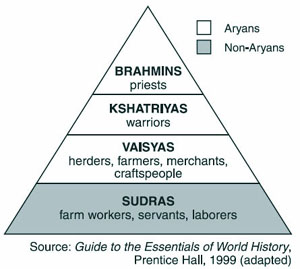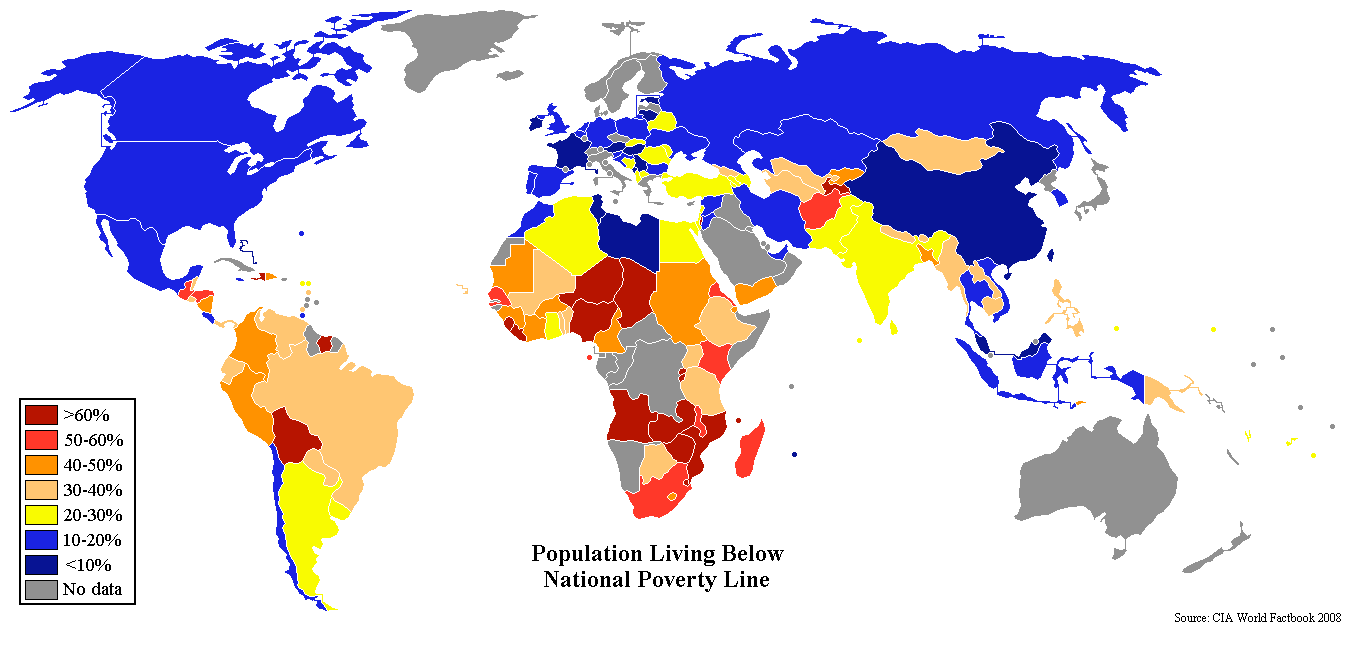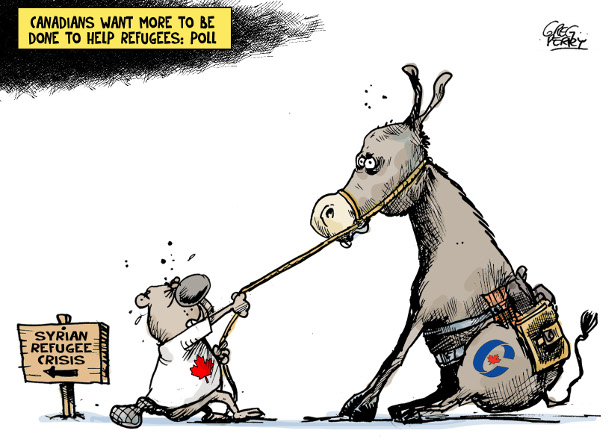Labour Migration in Europe
Data: 4.09.2018 / Rating: 4.6 / Views: 604Gallery of Video:
Gallery of Images:
Labour Migration in Europe
Labour migration: Global phenomenon and regional determinants Labour migration has certainly increased in volume and changed in pattern since the beginning. Yet, looking at the actual numbers regarding migration and labour forces in Europe and other global economies reveals a much less alarming situation. One way to address public worries about. The OECD series Recruiting Immigrant Workers comprises country studies of labour migration policies. Each volume analyses whether migration policy is being used effectively and efficiently to help meet labour needs, without adverse effects on labour markets. Examining the new realities of economic immigration to Europe, this book focuses on new trends and developments, including the rediscovery of economic migration, legalization measures, irregular migration, EastWest flows, the role of business and employer associations, new positions amongst trade unions, and service sector liberalization. ILOs Labour Migration Module provides a useful tool for gathering reliable data on different aspects of labour migration, including a series of migrationrelated questions that can be added to existing household and labour force surveys. Labour migration from Turkey was a last link in the chain of postwar population movements to Western Europe and gained importance insofar as south European nations fell short Labour Migration Health Despite the efforts made to ensure the protec ti on of migrant workers, many remain vulnerable and are exposed to significant risks including health risks, during the. Europe migration has become a more powerful adjustment factor in response to both regional and countryspecific labour demand shocks in the second half of the sample ( versus ). With maritime migration the subject of significant policy and public focus in Europe, Australia, and beyond, this timely volume reviews the policy responses to irregular maritime arrivals at regional, national, and international levels. Migration and the EU Challenges, opportunities, the role of EIB. Challenges, opportunities, the role of EIB. paper looks at the implications of migration on Europes labour market. It seeks to shed light on whether migration can be an opportunity for certain parts of Europe, in certain economic By joining the migratory labour movement to Western Europe in the early 1960s, Turkey for the first time in its history became a country of large scale economic emigration. On the occasion of the 10th Summit of the Global Forum on Migration and Development, cochaired by Germany and Marocco, the Heinrich Boell Foundation published three studies on the impact of labour migration in SouthernEuropean agriculture. The following studies analyze the situation of labour migrants in Greece, Italy and Spain and provide uptodate and profound information. Temporary labour migration was one of the characteristic phenomena of human mobility in Europe during the twentieth century. The predominant answer in several European countries to the growing economic demand for an external labour supply on the one hand, and political demands to limit the numbers of foreign workers and to protect the native workforce from the competition of cheap. However, since many labour migrants suffer from occupational downgrading or skill waste in the destination, the EU seems to fail in fully benefiting from the potential of eastern European migration despite the geographic proximity. In recent years, the focus in the EU has been on controlling irregular migration flows of thirdcountry nationals. Less attention has been given to the issue of shaping managed migration, in particular labour immigration from third countries. Labour Migration and Unemployment What can we learn from EU rules on the The CEPS Liberty and Security in Europe publication series offers the views and critical reflections of access to the labour market of workers from the EU2 at this stage had to justify that The context underlying labour migration in the European Union is economic, demographic and political in nature. Regarding the first point, there are wide variations among Member States in growth and in the current employment situation. REVIEWING LABOUR MIGRATION POLICY IN EUROPE Attractiveness, Evaluation, Recommendations from a Joint OECDEuropean Commission research project Jonathan Chaloff International Migration Division Directorate for Employment, Labour and Social Affairs OECD Assessment of Possible Migration Pressure and its Labour Market Impact Following EU Enlargement to Central and Eastern Europe. Bonn: Institute for the Study of Labor (IZA). Labour migration within Central Asia brings benefits to both receiving countries such as Kazakhstan and the poorer sending countries, but both sides could profit even more if regulation challenges were met. In the decade of economic crisis in Central Asia following the breakup of the Soviet Union. Effective labour migration management is an integral part of good economic governance. The Office of the Coordinator of OSCE Economic and Environmental Activities (OCEEA) supports participating States in developing and strengthening comprehensive and effective migration policies as a key contributing factor to security, stability and growth. Labour force(d) mobility: Migration in Europe The free movement of labour is not only a key pillar of the European project, but also essential to the proper functioning of a monetary union. Inspired by this theme and the tone of the current political debate, we present 4 informative charts. Europe is underachieving in the global competition for talent The European Union should reform its legal labour migration policies to get its fair share of the global talent pool, according to a new report published by the OECD. Labour migration to Europe International Migration Outlook 2014 This flagship publication on migration analyses recent developments in migration movements and policies in OECD countries and selected nonOECD countries. reconstruction in western Europe. Today, labour migration fills critical gaps in the IT sector, engineering, construction, agriculture and food processing, health care, teaching, catering and tourism, and domestic services. The economic case for labour migration is likely to become more urgent in the coming decades, for at least three reasons. Economic migration has been rediscovered by governments across Europe. Highly skilled migrants are actively solicited, irregular migrants are being offered amnesties, and EastWest migration is welcomed by business and employer associations. Labour Migration in the EU: Recent Trends and Policies Eurofound Eurofound (2014), Labour migration in the EU: Recent trends and policies, Publications Office of the European Union, Luxembourg. Luxembourg: Publications Office of the European Union, 2014 Europe Direct is a service to help you find answers to your questions about the. This period of migration took place when labour was needed in the postwar reconstruction efforts in Europe and to service the economic boom in Europe, North America and Australia. Migrants from former colonies in the Caribbean and South Asia came to find work in Britain, migrants from Turkey went to Germany and those from former French. migration within Europe can explain part of this drop. European countries have gradually become a destination for migrants, starting in the 1950s in countries with postwar labour recruitment needs and with colonial past. Read Labour Migration in Europe, Swiss Political Science Review on DeepDyve, the largest online rental service for scholarly research with thousands of academic publications available at your fingertips. In recent years, the focus in the EU has been on controlling irregular migration flows of thirdcountry nationals. Less attention has been given to the issue of shaping managed migration, in particular labour immigration from third countries. The AsiaEurope Foundation (ASEF) and (FES) coorganised a 2day Experts' Workshop in Geneva, Switzerland, gathering 25 Asian and European experts in. 1 Labour migration in Europe and the New Economic Geography Mark Thissen1 Netherlands Institute for Spatial Research (RPB), The Hague, TNO inro, Delft; and Twente University. Free Movement And Migration: Labours Challenge. The Accession Treaties with the new Member States from Central and Eastern Europe set out the limits and conditions which MS may impose on the free movement of workers coming from new entrants during a transitional period of 7 years. Migration and innovation: the connection between highlyskilled migration and growth comes through innovation and the creation of human capital. With Europe competing with developed and emerging economies, innovation is a way to push competitiveness and the immigration of highlyskilled workers complements investment in education. Bookshare Accessible Books for Individuals with Print Disabilities The IOM LINET study Migration, Employment and Labour Market Integration Policies in the European Union (2011) analyses recent trends in labour migration and the labour market position of migrants, reflects on the possible impact of these trends on employment and the national labour markets, and relates these findings to the relevant legislative, institutional and policy developments. A review along this line could give us a better insight into appreciating why labour migration does occur especially in the context of our review of the high incidences of labour migration between the developing and developed countries. Labour migration is an increasingly important social and economic phenomenon in the region. The largest country, the Russian Federation, is a significant destination for migrants from both Central Asian and the South Caucasus, with 1. 1 million migrant workers having been registered since the. Migration from Africa to Europe, he argues, is fuelled by a structural demand for cheap migrant labour in informal sectors. Most migrate on their own initiative, rather than being the victims of traffickers. Fauri Tedeschi Labour Migration in Europe Volume I Integration and Entrepreneurship among Migrant Workers A LongTerm View Less attention has been given to the issue of shaping managed migration, in particular labour immigration from third countries. This study delves into the role of the EU in facilitating labour migration to EU member states. The impacts of immigration on the labour market in the UK were reviewed in two relatively recent government studies by the Department for Business, Innovation and Skills (Devlin et al 2014) and by the Migration Advisory Committee (MAC 2012). 2018 Spring Conference: Migration and labour market: Patterns and challenges of immigrants labour market incorporation in contemporary Europe (CMR, Warsaw) Economic integration of immigrants is commonly presented as one of key preconditions for integration. Senegalese labour migration to Europe The first results of the MAFE (Migration between Africa and Europe) research project, and their implications for migration policy, will be presented at the ITCILO in Turin on 8 October 2010. Article Migration Labour migration. Germany started recruiting foreign workers from southern Europe and the Mediterranean region in 1955 after concluding an agreement with Italy. In destination countries, international migration may be used as a tool to solve specific labour market shortages. However, migration alone will almost certainly not reverse the ongoing trend of population ageing experienced in many parts of the EU. The management of labour migration is a key priority for the EU and is closely linked to the Europe 2020 strategic goals for employment and growth. This Policy Paper proposes a sectorial management Labour migration According to the ILO global estimates on migrant workers, in 2013, migrant workers accounted for 150 million of the worlds approximately 232 million international migrants. Migrant workers contribute to growth and development in their countries of destination, while countries of origin greatly benefit from their remittances. This episode of The Sound of Economics focuses on labour mobility in sentiment is on the rise due to the perception that immigrants are taking away jobs and benefits. But what is the real impact of migration on European labour markets?
Related Images:
- Heavy metal task
- Legend of korra the calling
- Make the cut
- The Presentation of Self in Everyday Life
- Finance for dummies
- Example Of Public Sector In The Philippines
- The Have and The Have Nots S01E26
- Gma mgp
- Gunday
- Ashli orion ashlis oily dp
- Adult Guidance 3
- The real housewives of atlanta season 7
- The Men From Shiloh
- The greatest game ever played
- Kylie k cosmid
- The americans s03
- Star wars knights of the old republic
- Les freres grimm
- I like party
- Dawn of the planet of the apes srt
- Captain america 2018 1080p
- The thing extended
- College Geometry Using the Geometers Sketchpad
- Game of thrones s04 hbo
- Pirith Potha Pdf Sinhala
- Framing hanley a promise to burn
- Cheat Codes For Level 100 On Bloxorz
- S02e04 person of interest
- Mega Man Megamix Volume 3
- Marley and the puppy year
- Meisje en de dood
- Jay z hits
- Hannah montana 3d concert
- 101 joe cross
- My little pony friendship is magic season 5
- Counter strike global offensive ful
- Marco di mauro
- Marvels agent of shield s01
- Trinity seven s01e01
- Transformers 4 in dual audio
- 2018 09 22 wwe
- Graphic Design Now in Production
- Oxford world quest 2 workbook answers
- Grupo 7 2018
- Project Heroes Season 1
- Bad Boys Blue 1985 2018 Video Collection
- Adventure time s04e11 720p deimos
- Gareth morgan imagenes de la organizacion
- After dark series epub
- Brazilian ju jitsu
- X men l affron
- El ciclista del san cristobal pdf
- The Bears Tears
- Midnight 2018 10 13
- Angel and demons movie
- Where the stars still shine
- Swim the Fly
- Spain 2018 qual
- Service Manual Xerox Phaser 8560mfp
- Zankyou no terror 10
- Tokyo face maki
- Cystic Fibrosis Research Paper Thesis
- Interest nl subs
- The real housewives of new jersey s04e05
- Command conquer 3 game
- U S History
- Japanese gift wrap textile designs
- Black and White The Dawn of Justice
- Zoo tycoon pc
- Torrent 10 zip
- The bible season 2
- Weight loss yoga












